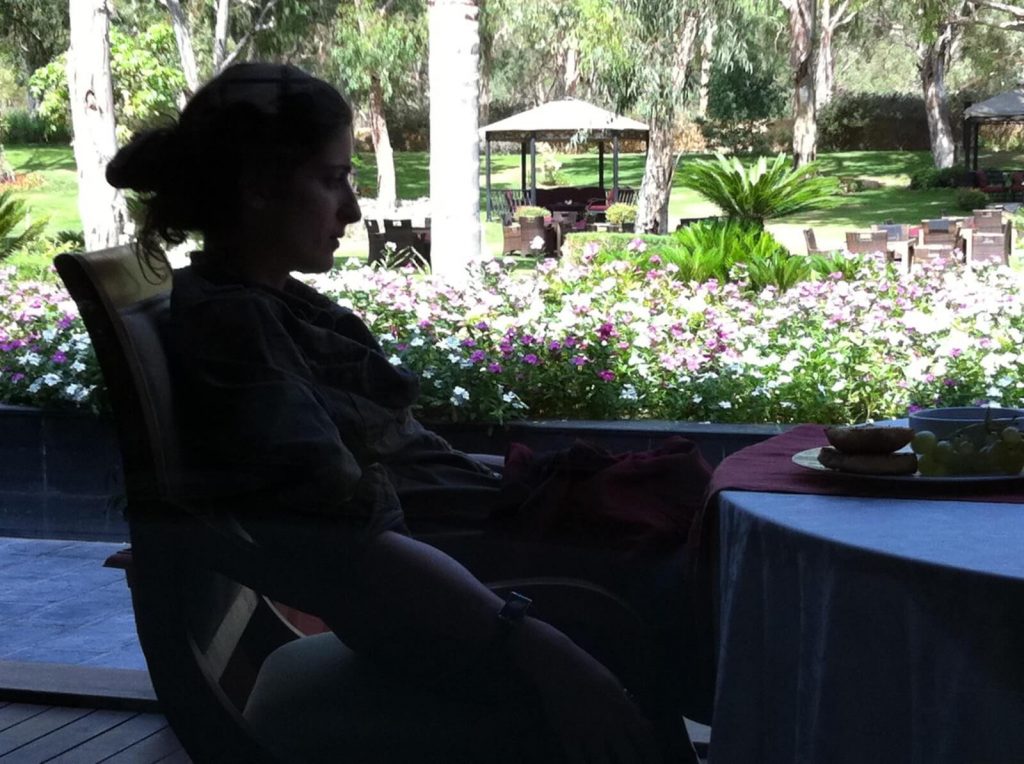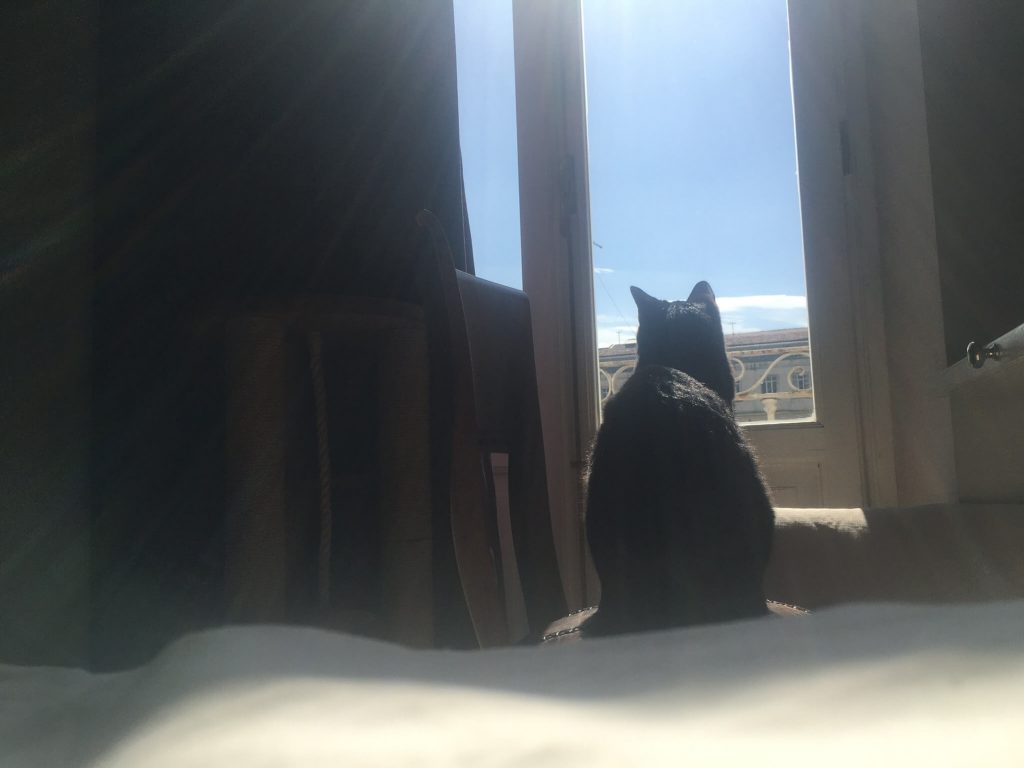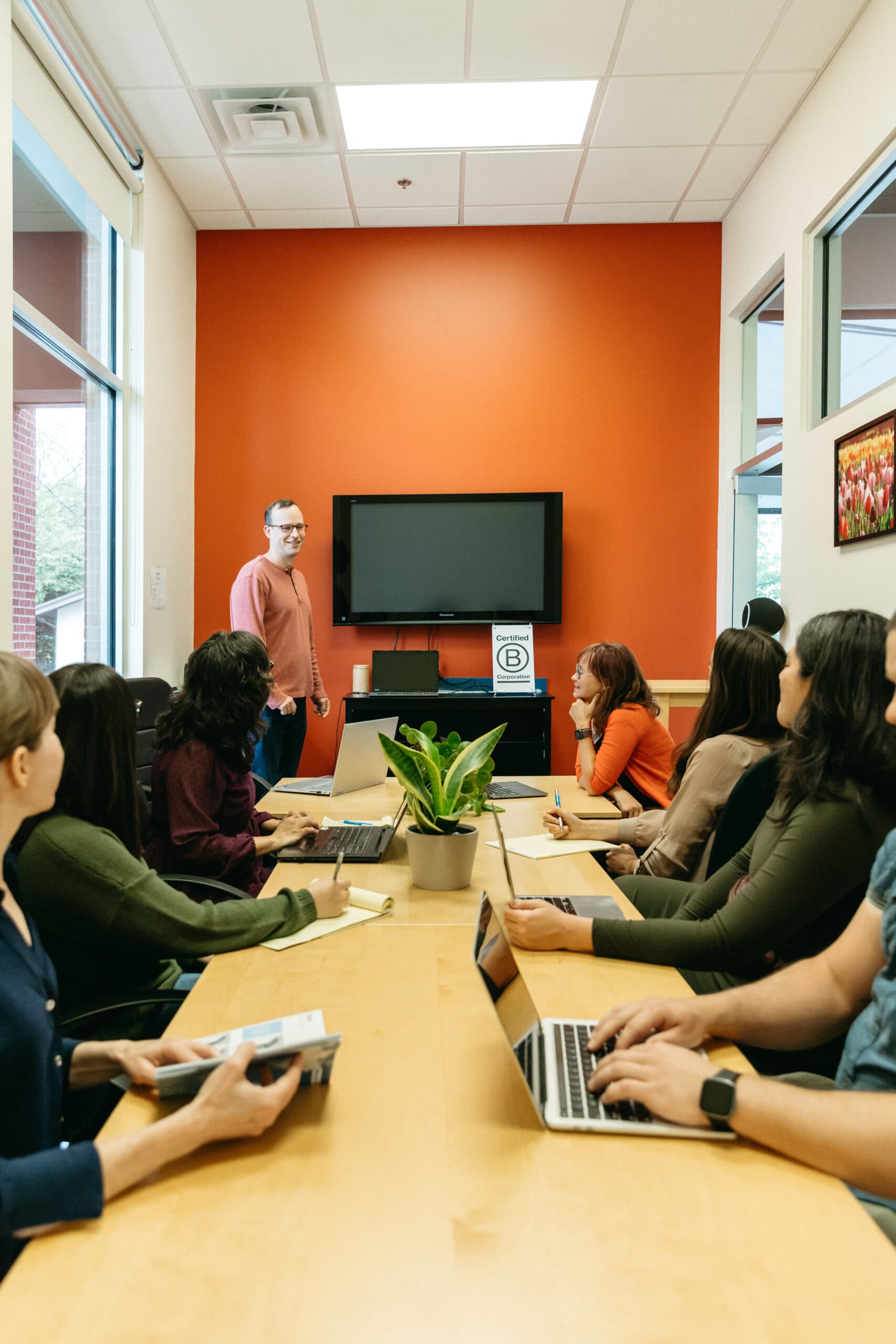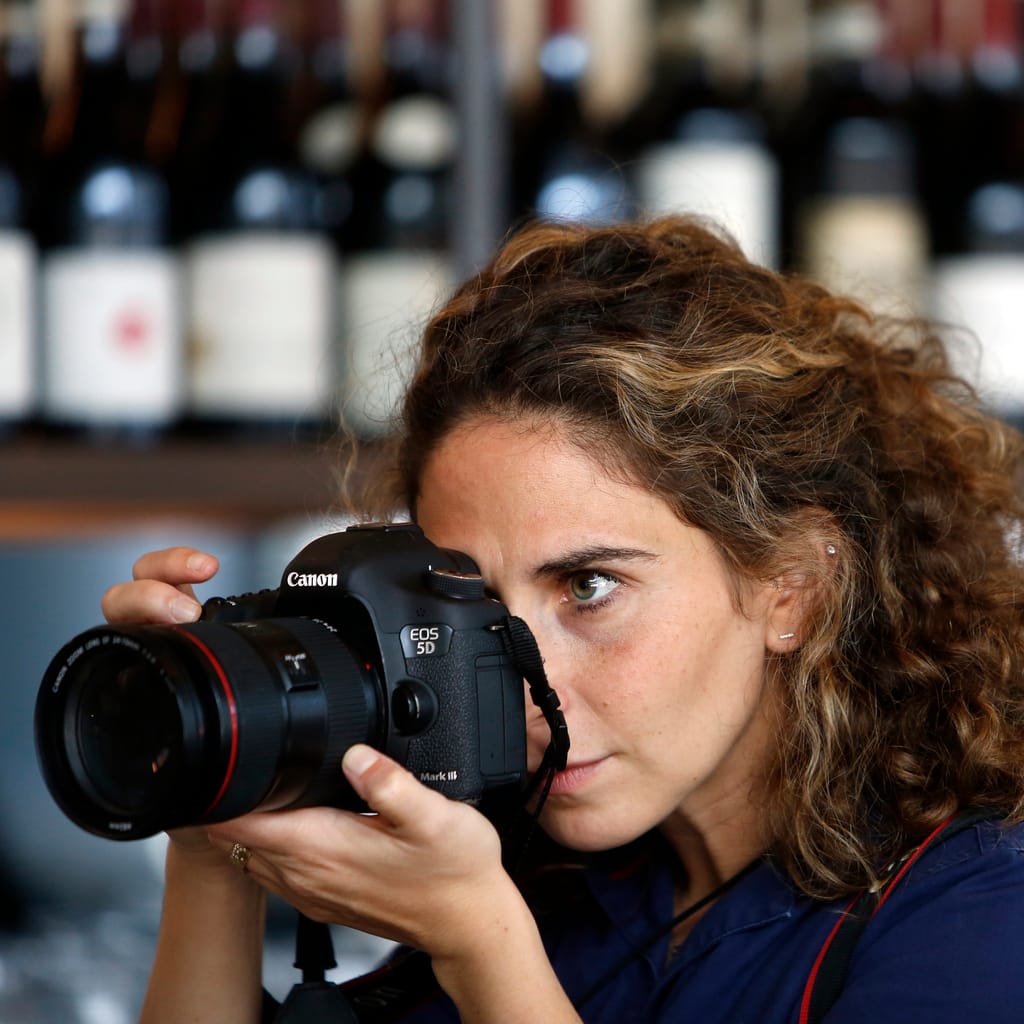This isn’t the first time I’ve experienced a surreal and bizarre lockdown.
In 2011, as a staff photographer for the Associated Press, I spent time in Libya covering the country’s Arab Spring.
During the summer, I stayed as a ‘guest’ at the Rixos Al Nasr hotel in Gaddafi-controlled Tripoli where I was invited to cover the government’s side of the conflict.
For the majority of the time I was there, we were only allowed to leave the hotel when our minders deemed there was something fit to show us.

Although I felt relatively safe, the other foreign journalists and I always had our guard up. We knew how quickly things could go south.
And we were right. The hotel became a terrifying place for the foreign press not too long after I left the country.
The lack of transparency, antagonization, and absence of control drove people crazy — but our reality in Ghaddafi’s Libya was ever-changing, and fighting that only made the circumstances worse.
The Rixos was a crash course in dealing with insane lockdown conditions.
And when I left, I thought to myself…
‘well that was a once-in-lifetime experience’.
But now, the longer I am home during the corona pandemic, the more I have come to realize the current situation is not too dissimilar to my stint at the Rixos.
Even though the Arab Spring and the coronavirus pandemic are not really comparable, there are similarities for me in both situations.
The feeling of helplessness, and the knowledge that things can change at any moment are all too familiar.
However, in order to keep myself from losing my entire mind, I had to learn to take it in stride.
But, the truth was this — our reality in Ghaddafi’s Libya was ever-changing and fighting that was futile.
Which brings me to my first lesson I applied during my Libyan lockdown.
And arguably one of the most important…
Maintain Flexibility
Like any good journalist, when on an assignment I always prepare for the unexpected. However, projects can drastically change, and all that planning gets thrown out the window. I accept it as part of the job description.
Without an even temperament, we tend to feel painted into a corner. The more we fight those feelings of helplessness, the harder it is to find a solution. Keeping a flexible mindset from the get-go can help us adapt to sudden and unexpected changes. And that makes it easier to switch directions and figure out what to do next.
If you’re interested in reading more lessons from my time covering the Libyan revolution — check out my downloadable 7 Lessons From Conflict Journalism To Help You During The Pandemic Lockdown HERE
There is one big difference between the Rixos and my current situation though.
Thankfully, instead of a rotating cast of misfits, odd-ducks, and sadistic minders watching my every move — I now have my adorable one-year-old son, Orion, and my two feline friends overseeing my every move.




